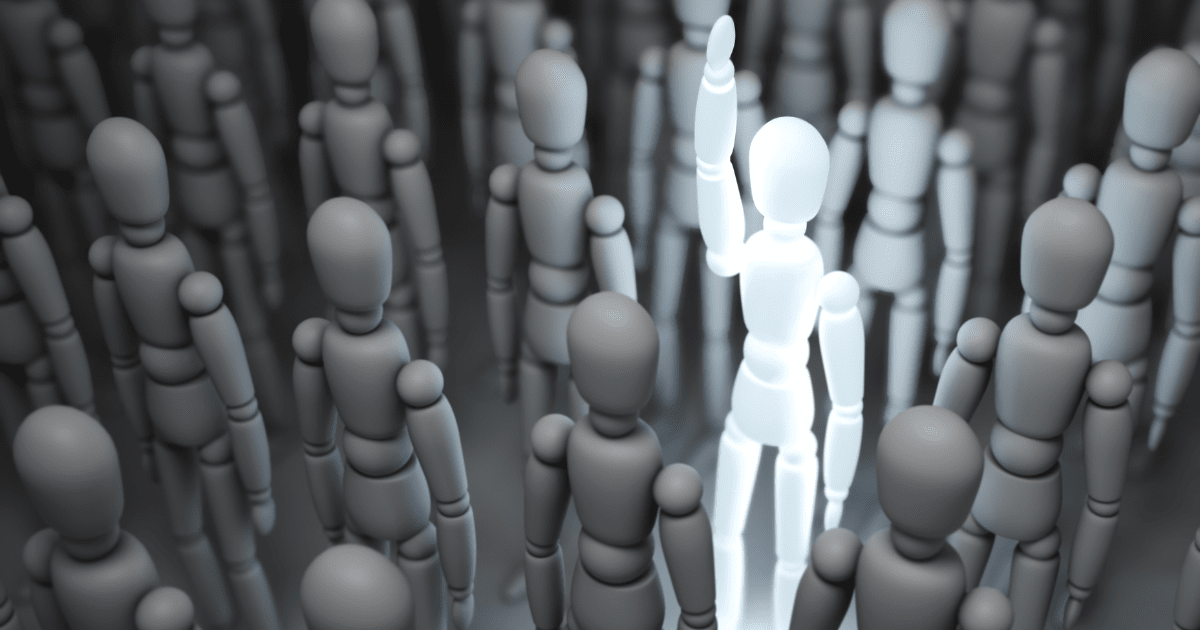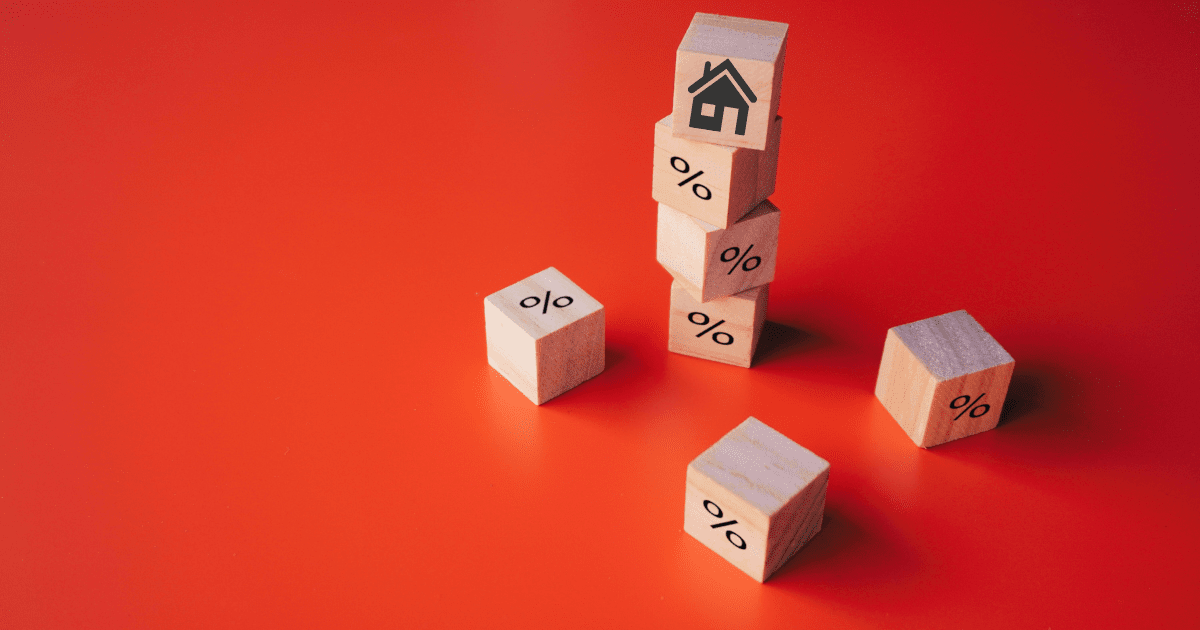Smart cities are like modern, high-tech communities. They use digital technology, artificial intelligence (AI) and lots of data to make life in the city better. Think of them as using smart tech to make everything work smoothly — from running buses on time to making our air cleaner.
It’s all about cities like Toronto being not just smarter but also friendlier, greener, better, more comfortable places to live for everyone.
Generative AI and its link to housing
In rapidly evolving urban development, the integration of generative AI is reshaping how we approach real estate and housing.
This technological leap is not just a novelty; it’s a transformative tool that’s redefining the interaction between urban planning, architectural design and the real estate market.
Creates a more dynamic, collaborative design process
For realtors, understanding the implications of AI in urban development is critical. Generative AI enables a more dynamic design process, where feedback from a wide array of city residents can be integrated into architectural plans in real time. This participatory approach to design is crucial in developing real estate projects that are not only commercially viable but also deeply aligned with the community’s needs.
Predicts housing market trends, market dynamics and growth areas
In the context of housing, AI makes many impacts. By analyzing extensive data sets, AI can assist in predicting housing market trends, identifying potential growth areas and suggesting optimal types of development for specific locales. For realtors, this means a more nuanced understanding of market dynamics and the ability to anticipate shifts in housing demand.
Helps solve housing shortages and create investment opportunities
AI-driven urban planning tools can help in reimagining underutilized spaces, a critical aspect in densely populated urban areas. The potential to transform vacant office spaces into residential units, for example, is a trend gaining traction in cities like Toronto. This approach not only addresses the issue of housing shortages but also presents new investment opportunities in the real estate market.
A smarter solution for urban mobility
In Toronto, we’ve been expanding our highways to tackle traffic congestion, but the real solution might lie in embracing AI technology. By using AI, we can smartly redirect traffic flows, optimize the use of office spaces and plan subway routes more effectively. This approach promises a more efficient and less congested city, moving us beyond just wider roads and onto smarter urban mobility solutions.
What’s being done now? Where can we learn from?
An innovative partnership between Innisfil and Uber combines ridesharing with public transportation and even school buses. It has been a game-changer, saving millions in taxpayer dollars and reducing traffic congestion.
This example shows how thinking creatively and embracing AI-driven alternatives can lead to effective solutions. With AI providing insightful studies and recommendations, we can explore and adopt similar groundbreaking approaches to enhance urban living in Toronto.
Repurposing vacant office space
In Canada, office vacancies are high, with a rate of over 19 per cent, and in Toronto, it’s around 17 per cent. This situation creates an ideal opportunity to repurpose these empty offices into much-needed residential spaces. By using public algorithms and AI, we can figure out the best and most efficient ways to transform these areas into places where people can both work and live. This approach will help us make the most of the available space in our city.
The Singapore case study
Singapore has been a leader in using smart technology in cities, with its SmartNation initiative that began in 2014. When I visited last year, I saw some amazing projects.
For example, there’s a place like Yorkdale Mall, but with gardens on the rooftops and balconies, and AI-powered public transportation three floors underground. They use sensor technology and self-driving vehicles to help the elderly and disabled. I’m really excited to go back at the end of May this year to see what new advancements they’ve made.
We’re about nine years behind Singapore in this area, but we can learn a lot from them.
Imagine if the TTC could predict the busiest times and routes, and adjust its service accordingly. No more squeezing onto an overcrowded subway at Yonge and Bloor during rush hour. AI in Toronto might not be able to predict when the Leafs will win the Stanley Cup, but it sure can help us manage our city’s energy use more efficiently!
A guiding report: UN-Habitat and Mila-Québec Institute for Artificial Intelligence
Risks, Applications and Governance, developed by UN-Habitat and the Mila-Québec Institute for Artificial Intelligence, takes a closer look at the use of AI in cities.
Among several other things, the report discusses how AI can be integrated into urban life and environments, its potential risks and management strategies and its use in urban applications and their impact (including energy, mobility, public safety, water and waste management, healthcare, urban planning and city management).
AI’s role in enhancing urban diversity, promoting gender equality and improving public services, as highlighted in the report, underscores its potential as a transformative force in city planning and governance.
The industry’s call to action
The advent of AI in urban planning presents a unique opportunity for the real estate industry. By embracing this technology, realtors can gain deeper insights into market trends, engage more effectively with community needs and explore innovative avenues for development.
The key to leveraging AI effectively in real estate lies in the diversity and richness of data inputs. It’s crucial for both public and private entities to collaborate, ensuring that AI algorithms are trained on comprehensive and varied data sets. This inclusivity in data collection leads to more accurate and representative AI recommendations, benefiting the real estate market and the community at large.
It’s essential to harness AI responsibly, ensuring that it serves as a tool for creating more vibrant, sustainable, efficient and inclusive urban environments. With its integration of diverse approaches for a better urban future, I believe it can address current challenges while paving the way for a more equitable and prosperous Toronto.
So, let’s dive into making our city even smarter with AI and tech. Let’s get inspired by how places like Dubai, Germany and Singapore use it. Stay curious and open to new smart city ideas happening around us. Chat about them, join community meetings and throw in your two cents. Together, we can shape Toronto into a fantastic place to live for all of us. Let’s make it happen!

Seyfi Tomar is secretary general of FIABCI-CANADA and a Realtor with Re/Max Premier in Vaughan, Ont.
















AI can be quit useful, however what is missing is the human factor of actually building what is required. The Politics behind these initiatives for a better society. The cost in monetary terms of achieving these lofty goals. Secondly I don’t think anyone needs AI to reveal the busy travel times. Nor to tell us that transportation routes are way behind in Southern Ontario. Nor to tell us that unused office space should be converted to residential applications. This has been discussed for a number of years now. Roof top gardens have been around for decades. This article does reveal that AI cannot predict when the Maple Leafs will win a Stanley Cup. And there in lies the problems with AI. Yes it can assimilate data at lightening speeds and come up with solutions, yes it has the ability to “think” or use that data to predict future outcomes and predict trends. But there is a missing link. Funny how humans have spent most of their existence trying to figure out ways for technology to make life easier. Life is not difficult, humans are difficult.